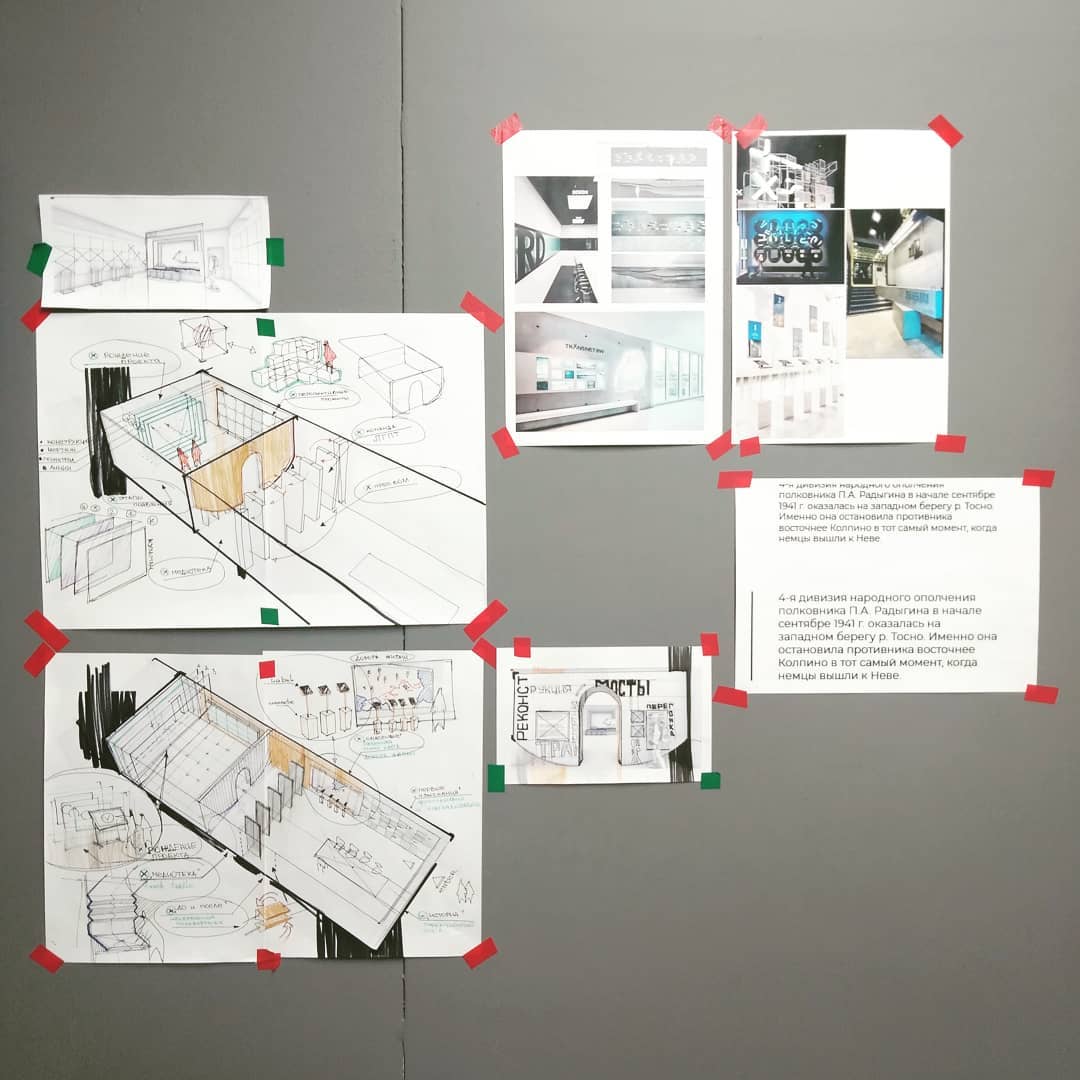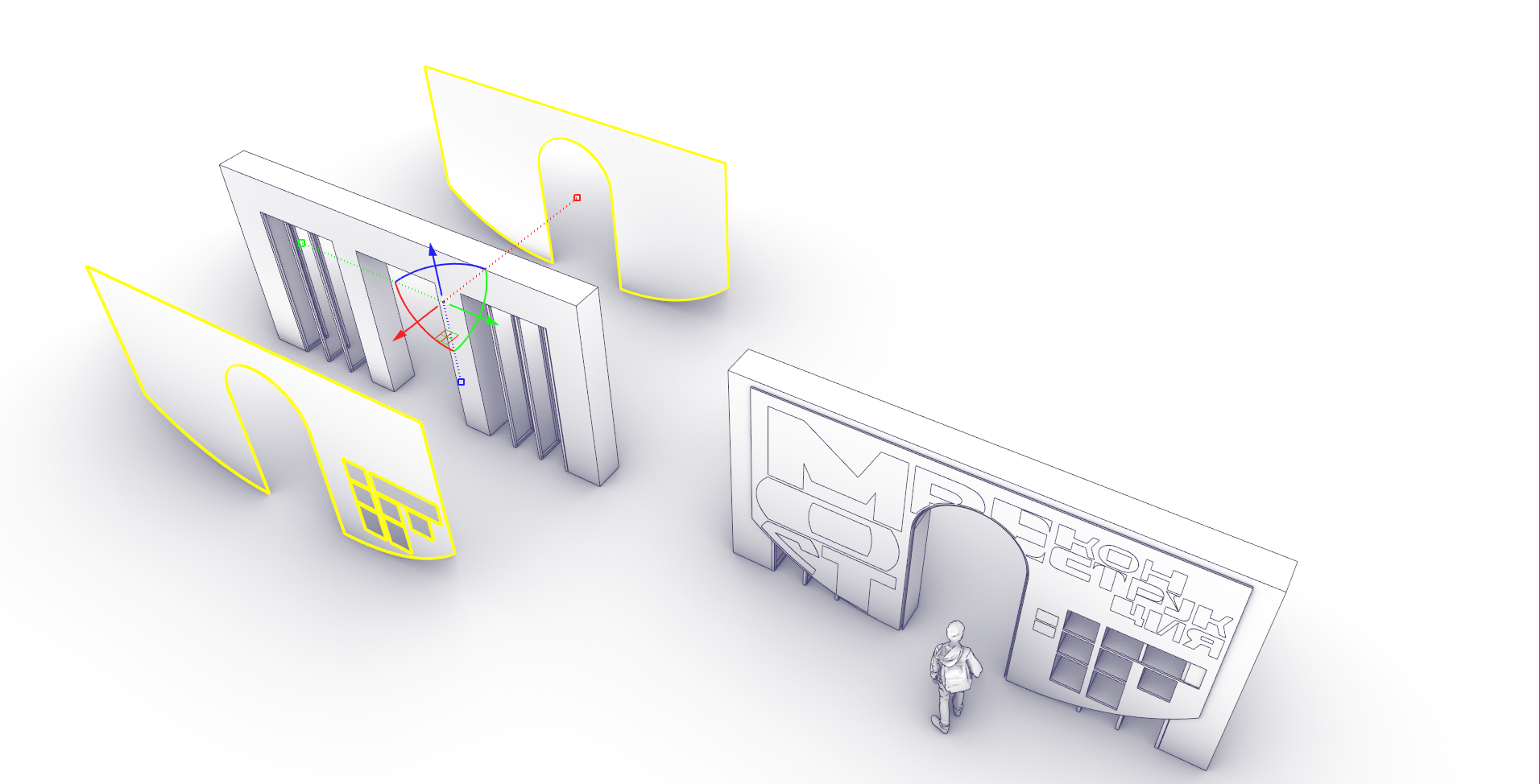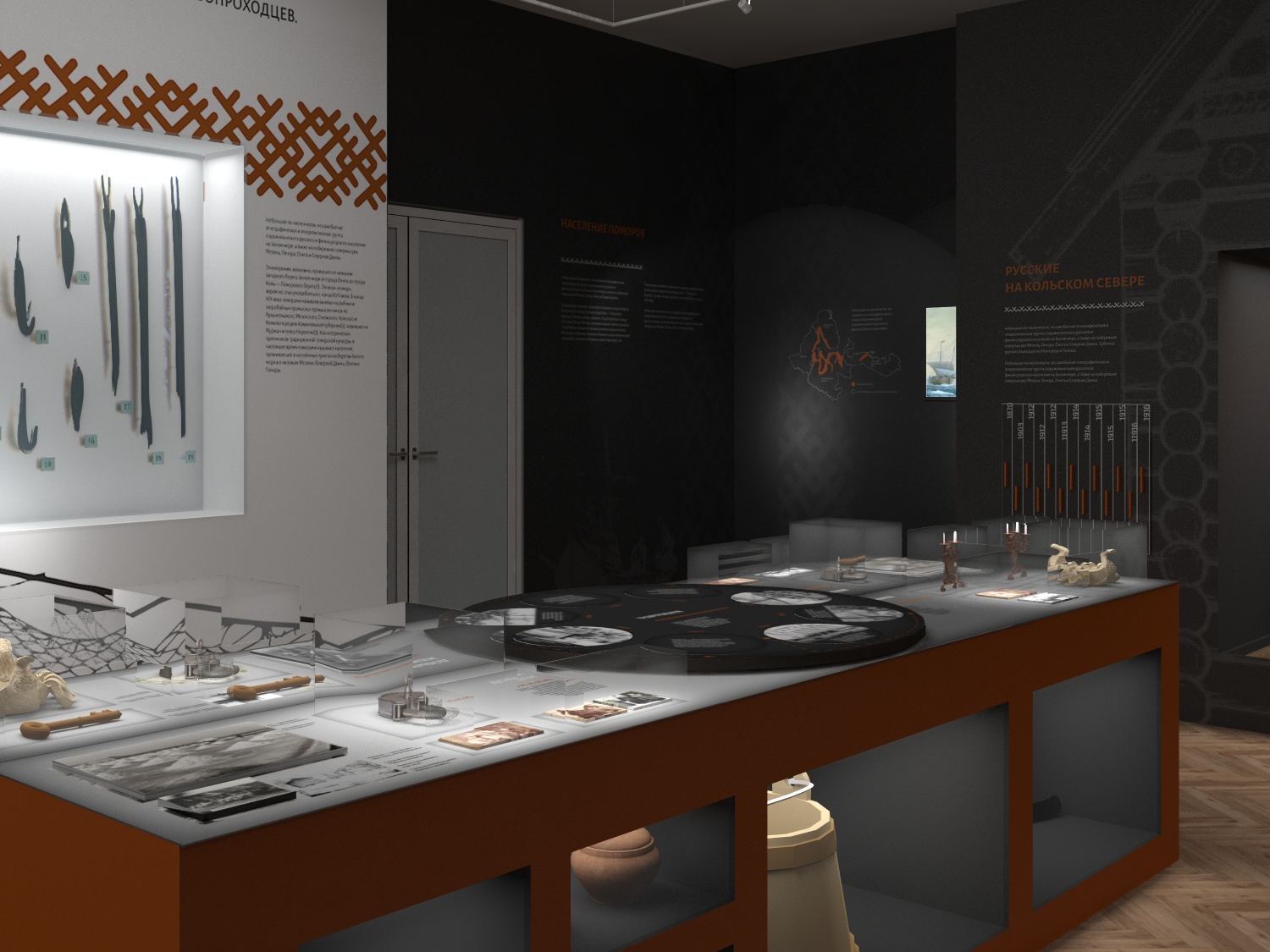Museum scenography is a polyphony where the exhibition script is inextricably linked with design, audiovisual media, graphics, light, and acoustic patterns. The concept of scenography is a system-forming document in creating the future exhibition of a museum or other social and cultural space. A detailed concept becomes a basis for further design and implementation.



The concept is, first of all, a structure of the exhibition, then it is search for an artistic image, and then it is the further detailed elaboration of individual decisions.
How to build the concept of scenography so that the exhibition meet the objectives of the museum and engage visitors in the right direction? There is no universal recipe, as in any multi-component project activity; however, we can give some advice that structure thoughts in the right direction.
1. Limit your audience
Often, for the question “For whom do we design the space?” we get the answer: “Our museum is for everyone”. Such a position is understandable. Museum employees are afraid to focus on a certain type of audience so as not to forget to reach someone. However, if there are some restrictions there, but they are not analyzed and not fixed, the project may “lose its face”. And vice versa. When the museum has clearly defined its audience, the exhibition becomes interesting for many people.
2. Select a base for building an exhibition
To build an exhibition, it is not enough to analyze only the museum’s collection. You should take into consideration stories, expectations, and digital archives. Be prepared for the fact that during the design of the exhibition, with the advent of new materials and discoveries, it will gradually become different than it was originally planned.
3. Define levels of narration and layers of broadcast information
The definition of “its level” fundamentally affects the semantic architecture of the project. So, for example, the museums of such automobile giants, as BMW, Mercedes and Porsche “speak” at different levels which form the approach to the museum space. In such a case, the Mercedes and Porsche museums are located in Stuttgart, literally within walking distance from each other. It would seem that they should be competitors. However, a fundamentally different level of narration makes each of the projects unique, different from the other.


Porsche builds its narration at the “level of form”; Mercedes is focused at the “level of tradition”, and BMW reveals the “level of technologies”. This does not mean that each of the museums is closed to the disclosure of other levels, but the basic guidelines are reflected both in individual decisions and in approaches to the internal architecture of space.
4. Accept the features of the space and select installation solutions
The museum space is physically limited; it forms a frame and requires specific solutions. Sometimes, the features of the premises for future exhibitions are such that namely, they dictate the choice of the narrative language.
At that, if choosing universal solutions for the exhibition (in design, lighting, audio-visual technologies, and graphics), a visitor can be deprived of the opportunity to get a unique spatial experience.
To make the space to “speak”, it is necessary to choose the right materials and forms: interior, lighting and exhibition solutions, infographics, photo and video materials, multimedia installations, write specific “museum” texts and choose a volume of these texts and even a type and a size of the font.
5. Work with information and digital content
Often, they want to present the maximum possible amount of materials in the exhibition at museums with large archives. Or, conversely, use exclusively performative practices for the interpretation of materials. However, it is necessary to evaluate the specifics within the general idea of scenography and rely on the principles set by the concept.
6. Carry out an engineering revision
All assessments and the described tools are updated at the stage of the engineering revision of the project, which in fact must be carried out as often as possible. Often, the chosen form is so tightly and inextricably linked with the content that its potential unrealizability may require fundamental changes. Here, a curator of the project becomes not only the ideological inspirer but also those who can reconcile “physicists and lyricists” that, ultimately, will lead to the completeness of the project.



